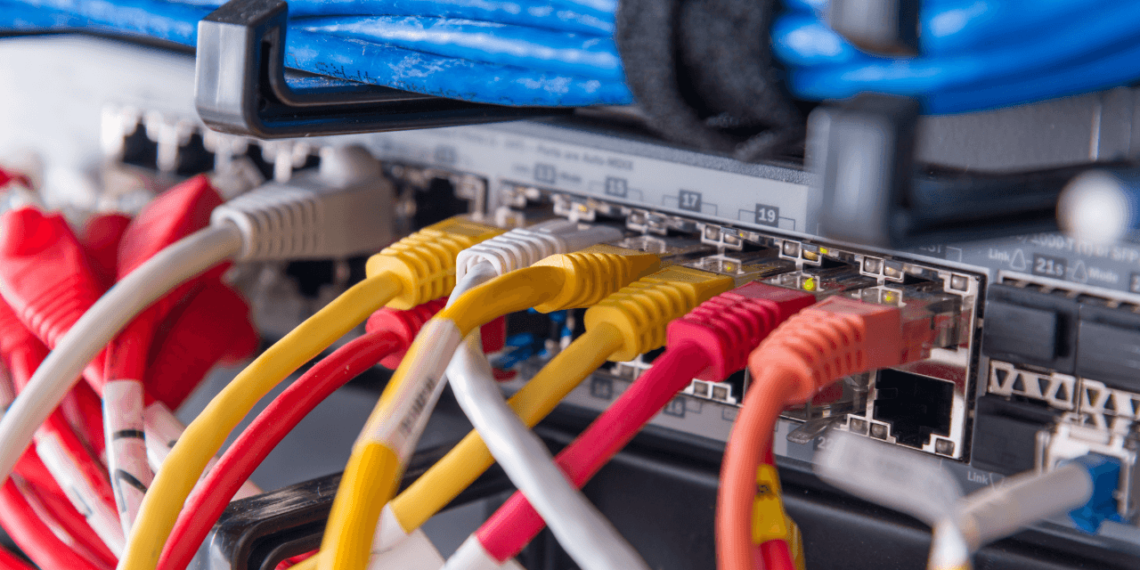Finding the right Cat6 Plenum Cable for your network can be difficult. With so many options available, it’s important to understand each type of cable’s features and benefits to make an informed decision. Fortunately, several key factors can help you choose the best Cat6 Plenum Cable for your needs. This article will discuss five tips for finding the perfect Cat6 Plenum for your project.
Choosing the Right Cable
Regarding home and business networking, the right cable is key. You need a high-quality Cat6 plenum cable 1000ft to ensure your network runs efficiently. Cat6 plenum cables provide the fastest data speeds and best performance in local area networks (LANs). With so many options available on the market, how do you choose which is best for your needs? Here are five tips to help you select the perfect Cat6 plenum cable.
First, consider speed and performance. Not all cables are created equal; some will offer faster data speeds than others. The higher quality of the communications lines used in making the cable, the more reliable and efficient the performance will be when sending data across a LAN or WAN environment. Look for cables that use thicker shielding and an enhanced core design to ensure better accuracy and speed of transmission over longer distances.
Tip 1: Gauge
When shopping for the right Cat6 plenum 1000ft, there are a few key things to consider. Tip 1: Gauge is important in deciding which type of cable will best suit your needs.
The gauge of a cable refers to its thickness or diameter, which significantly affects signal strength and bandwidth capabilities. The lower the gauge number, the thicker the wire; Cat6 cables range from 23 AWG (American Wire Gauge) to 24 AWG. A lower gauge number means more copper strands within the insulation, which allows for better signal quality over long distances. It also means increased durability and resilience against external forces such as bending or twisting.
Tip 2: Shielding
When choosing the best 1000ft Cat6 plenum cable, one of the most important considerations should be shielding. Shielding is a process that involves adding an extra layer of protection around the wires and cables to shield them from external interference, such as radio waves, electric fields, and other forms of electromagnetic radiation. This is especially important for Cat6 plenum cables since they’re used in areas with high levels of electronic pollution. Without proper shielding, these signals could disrupt or even damage your equipment. Shielded Cat6 plenum cables are much more reliable than unshielded ones, so it’s worth investing in a cable with a strong shielding system. Look for cables that have metal braiding surrounding them or metal foil wraps – these materials provide excellent protection against outside interference.
Tip 3: Plenum-Rated Jacket
Choosing the right Cat6 plenum is important for any network or home theater installation. Tip 3 in our series on selecting the 1000ft Cat6 plenum cable is to look for one with a Plenum-Rated jacket. A Plenum-Rated jacket is designed to reduce fire and smoke hazards by not releasing toxic fumes when burned. These jackets are specially designed to protect from heat, fire, and smoke spread throughout the building’s ventilation system, making them ideal for installations where safety and security are a priority. Look for UL 90-rated cables that have been tested to ensure they meet stringent safety requirements set forth by Underwriters Laboratories (UL). It’s also important to remember that Plenum-Rated jackets often cost more than standard PVC jackets, so you’ll need to factor this into your budget when choosing a Cat6 plenum cable 1000ft.
Tip 4: Length & Color Options
When choosing the best Cat6 plenum cable for your network infrastructure, tip four is all about length and color options. The cable length should be determined by calculating the distance needed to connect the two devices. It’s important to select a Cat6 cable that meets or exceeds this requirement because using a shorter length can lead to signal issues and general system instability. Cat6 cables ranging from 3-15 feet for most home networks will suffice.
Another factor when choosing the 1000ft Cat6 plenum cable is choosing one with appropriate color options. This is especially true if you plan on having multiple cables in close proximity, such as running along baseboards and walls in an office environment. Different colored cables can help you identify them more easily, saving you time during installation and maintenance tasks.
Tip 5: Certification & Warranty
When selecting the best Cat6 Plenum cable for your needs, one of the most important tips is to consider certification and warranty. While a good price may be tempting, it’s essential to make sure that the cable you choose meets industry standards and has a guarantee against defects or failure.
A reliable Cat6 plenum 1000ft should carry certifications from organizations such as UL (Underwriters Laboratories) or ETL (Intertek). These independent third-party bodies test cables following industry standards such as ANSI/TIA-568-C.2 and ISO/IEC 11801:2017, ensuring that they are safe and fit for purpose.
It’s also worth looking out for warranties provided by manufacturers – these vary greatly depending on company policies, but some offer up to 25 years of coverage.
Conclusion: Consider Your Needs
Choosing the best Cat6 plenum cable for a specific installation can be a difficult and confusing process. After reviewing the five tips in this article, it’s time to make your final decision. Before making your purchase, consider all of your needs carefully. Is this cable going to be used indoors or outdoors? Will you need additional shielding? What is the length you require? Answering these questions will help ensure that you select a Cat6 plenum cable that offers superior performance for your application.
Additionally, consider the cost of purchasing and installing the cable and any potential future upgrades or repairs. A high-quality plenum may be more expensive upfront, but its durability and dependability often make it worth the extra cost in the long run.






